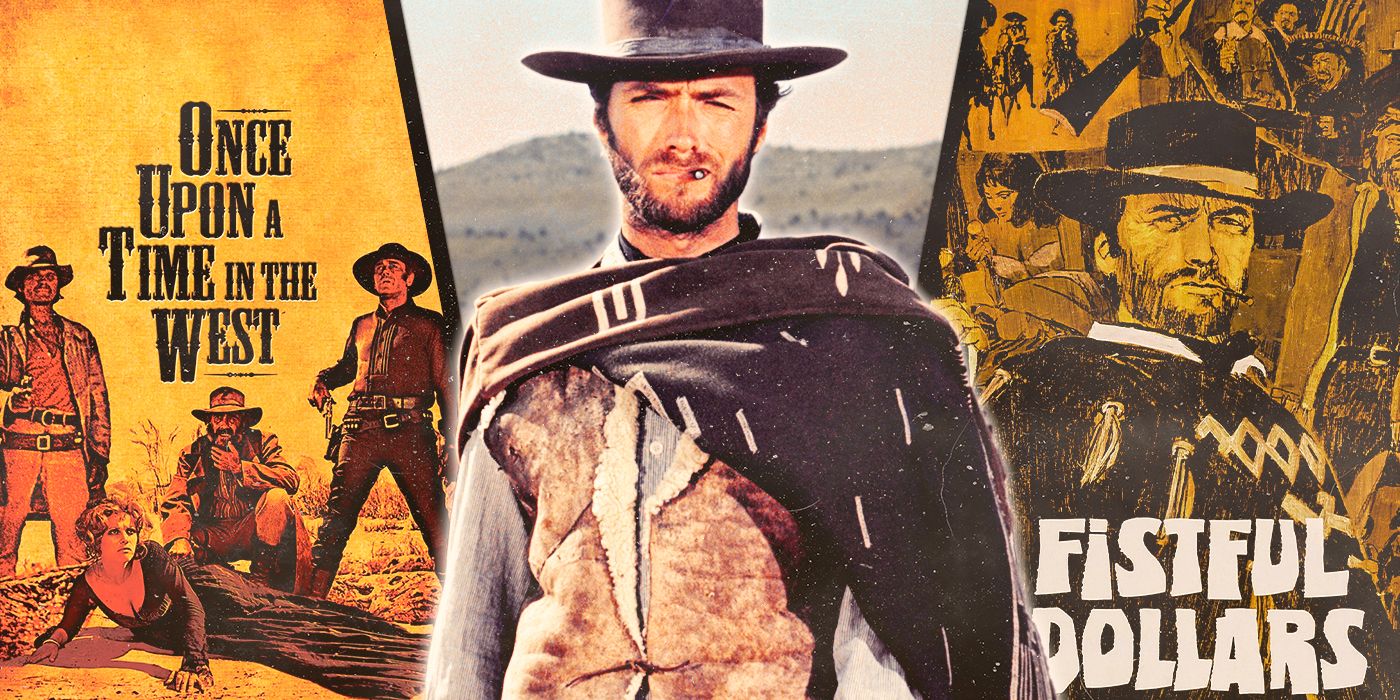
A Deep Dive into the Rise and Fall of the Streaming Revolution
For over a decade, OTT (Over-The-Top) platforms such as Netflix, Amazon Prime, Disney+, and many regional streaming services ruled the digital entertainment landscape. They changed the way people consume movies, dramas, and sports. Living rooms turned into cinemas. Smartphones became personal theaters. Subscription-based streaming felt like the future.
But now, the game is shifting again — and not in favor of OTT.
Monthly subscription costs are rising, content is being fragmented across too many platforms, and strict geo-restrictions are making viewers frustrated. Meanwhile, piracy is booming quietly in the background.
Is this the end of the OTT era? Has piracy actually won?
✅ The Promise of OTT: What Went Right Initially
When OTT platforms entered the market, they solved major problems:
- Affordable alternative to cable and cinema halls
- Ads-free premium viewing experience
- Instant access to global movies and series
- Original content that broke boundaries
- Convenience + legal access to entertainment
People supported OTT services because they believed creators would benefit, and content would remain accessible and affordable.
That dream, however, did not last long.
What Went Wrong? Why Viewers Are Leaving OTT
1️⃣ Subscription Fatigue — Too Many Platforms
At first, one subscription was enough.
Now you need:
- Netflix for major series
- Disney+ for Marvel & Star Wars
- Amazon Prime for global movies
- HBO for high-quality dramas
- Local platforms for regional content
Total cost? — Much higher than the cable bills OTT promised to replace.
2️⃣ Content Fragmentation and Geo-Restrictions
A movie available in the US may not be accessible in Asia.
A series available last year may suddenly disappear due to licensing changes.
The result? Users search for “free alternatives.”
3️⃣ Ads Returning to Premium Subscriptions
OTT started as ad-free.
Now, many plans include:
- Ads in the middle of shows
- Forced ad-supported plans for new users
This feels like a step backward.
4️⃣ Banning Account Sharing
Platforms like Netflix limiting password sharing has pushed many to quit or pirate content rather than pay additional fees.
📉 Piracy’s Silent Comeback
Piracy websites and Telegram channels are flourishing again. Why?
- Free access to everything
- No restrictions on region or device
- Movies available on the same day as release
- High-quality versions like 4K HDR are easily found
- Quicker access to new anime, K-dramas, Asian cinema, and sports
Many viewers now ask:
“Why pay for 6 different subscriptions when piracy gives everything for free?”
The moral line between “right” and “convenient” is fading
















